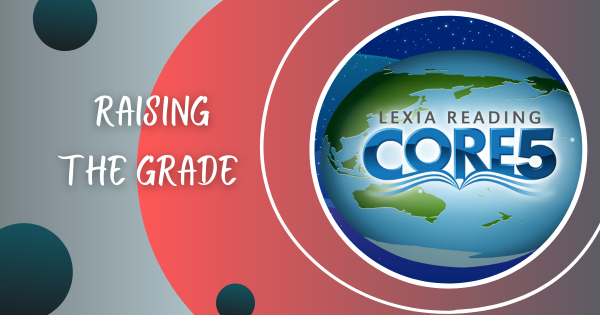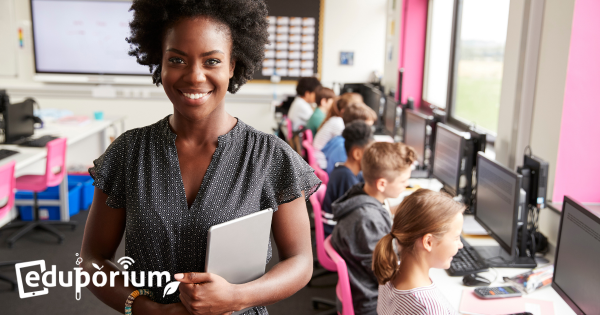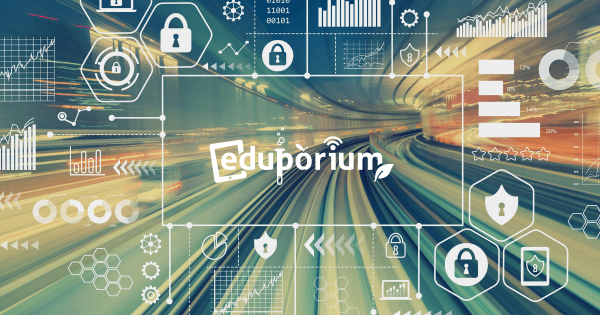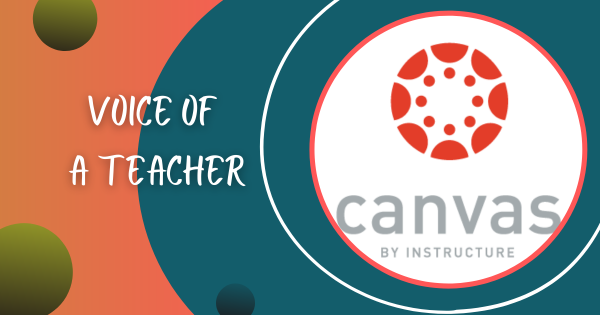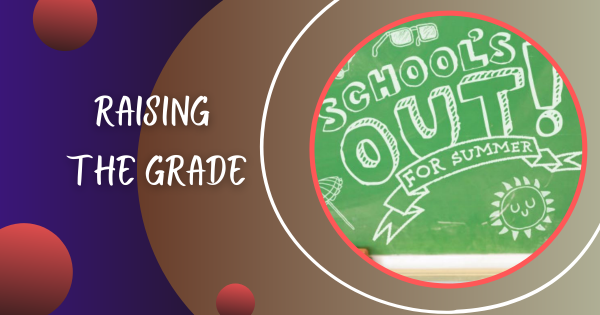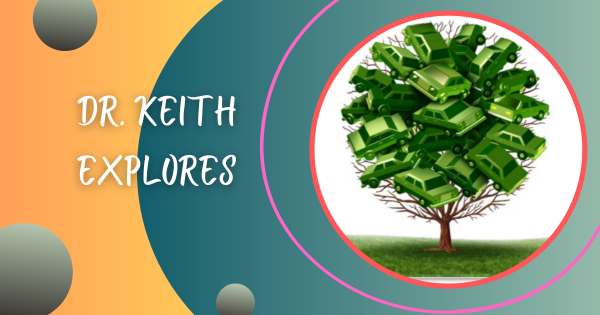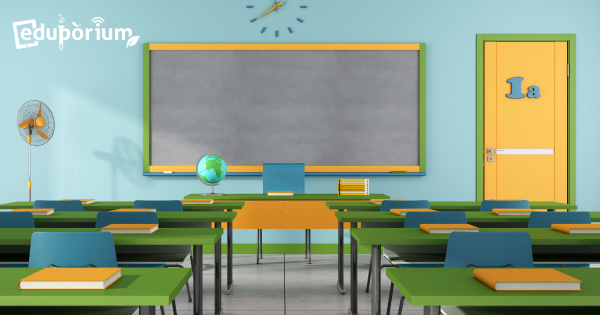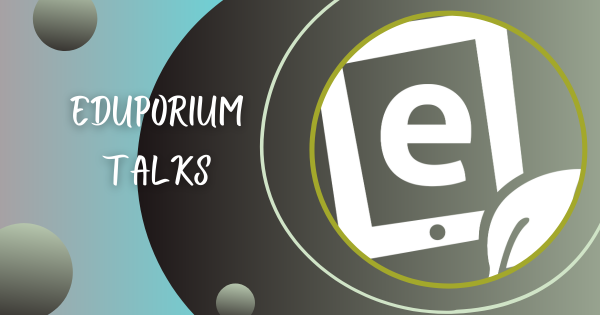Here’s some helpful hints for your reading pleasure. The programming demand—whether for up-and-coming drones or some yet-to-be-established field—is likely to be booming. By programming robots in school, students are able to discover if they have an interest or skills for any of these tech-related careers and learn valuable skills anyway.
EdTech
Educational technology has, of course, completely transformed how today's K-12 students learn. From basic 3D printers and virtual reality systems to simple coding robots and screen-free building tools, countless numbers of educators have been able to affect education for the better and help children develop transferrable skills for the real world. Since EdTech now covers so many areas, however, there often remains a lot for teachers to learn about and explore. Not every technology tool will impact your students in the same ways, nor will they enhance every single lesson. It's more about finding the right solutions for the right situations and building high-quality instruction from there. In this section, we cover everything from specific classroom STEM kits to insights on integrating EdTech tools in teaching. And, we'll continue adding new resources with thoughts on the many branches of the EdTech tree.
EdTech resources are constantly impacting student development and redefining how educators can engage them. Besides those hands-on technologies, digital tools and platforms also play a huge role in learning. From coding or artificial intelligence to social-emotional learning, the instant availability of EdTech resources generates many revolutionary opportunities all throughout the world of K-12 and higher education. When it comes down to it, however, equitable access to technology can be a complete game changer. With these opportunities, students can build the hard and soft skills to navigate our increasingly complex world. And, no matter how complex or simplistic EdTech activities are, they can help catalyze that development. We encourage you to browse the content below and reach out to our team with any questions.
-
Raising The Grade: A+ for Lexia Core5
Lexia is beneficial to teachers because it provides action plans or lessons to teachers to address misconceptions and errors. It provides users with a prognosis that shows the probability of meeting common grade-level benchmarks by the end of the year. It’s Common Core aligned to ensure that students are meeting the same goals as others around the country. -
Eduporium Weekly | Innovate To Educate
Innovation is often born out of creativity. And creativity, more so than ever, is the driving force that opens the door for innovation. Someone who is innovative uses all available tools and technologies to bring about some kind of improvement. In education, that innovation has been cemented as using technology as a tool to enhance learning. -
Eduporium Weekly | For Digital Learning And Digital People
Think about it. Today’s adults spend most of their working day using a computer to carry out a range of responsibilities from communication to projects and everything in between. They use programs, websites and office productivity software. Most of them probably also learned the specific, tech skills for their job once they had already accepted it. -
Voice of a Teacher: Technology in Higher Education
Due to adjusting to her new position at Emerson, Adler was unable to take full advantage of this new Canvas system. “Many of my students want to be able to access assignments at the time and place of their choosing—rather than having to write it down in class or search their inbox for my weekly assignment emails. I totally get -
Dr. Keith Explores: Cities and Us. Part 10
In this section you are going to do a questionnaire survey. You can choose a teacher at your school, at least two students who come to school using different methods and two adults in your neighborhood (this may include your parents). Tell them this is about a report you are creating about transportation and your city. -
Eduporium Weekly | Creating Tomorrow’s Ideal Classroom
This week, we’ll take a look at teacher-student feedback in the digital age, why it’s ok to fail in a blended learning classroom and how you can create tomorrow’s classroom right now! So, now what do you do? As long as you’ve covered all your bases—from researching your tech to building relationships with your students—you’ll be in pretty good shape. -
Eduporium Talks: Elementary Teacher, Earl Jones
“Nowadays, I see teachers using technology everyday, from showing YouTube clips of math skills to using CAD programs to teach science and math. I believe that some teachers should consistently be using technology more. This is the generation who grew up with laptops and iPods. Hear more from Earl in this edition of ‘Eduporium Talks.’





